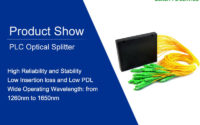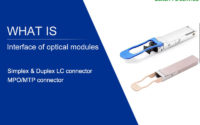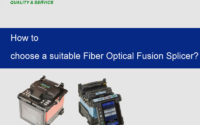Illustration of How to Connect the Terminal box in FTTH solution
In network wiring, optical cables are usually used outdoors (connected between buildings), and Ethernet twisted pair cables are used indoors (inside buildings). ? Which equipment was used? What do they do? What about the relationship? Before clarifying these issues, we first need to understand the following terms.
Optical terms
1.Pigtail
It is used in a terminal box to connect the optical fibers in the optical cable, and to connect the optical cable and the jumper through the terminal box coupler (adapter).
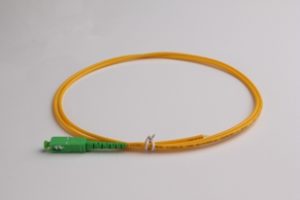
2. Jumper
Both ends of the jumper are movable connectors, which connect the pigtail and the device.
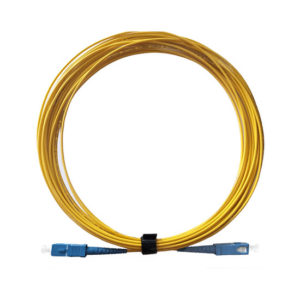
3. Fiber Optic Terminal Box
Terminate the optical cable and connect the core and pigtail in the optical cable. The inserted optical cable can have multiple cores. For example, a 4-core fiber can be fused to a maximum of 4 pigtails through the terminal box.
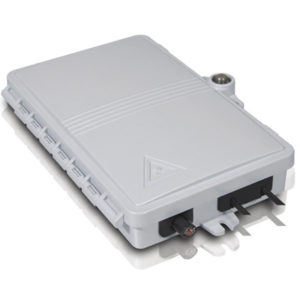
4. Fiber Adapter
It is commonly known as a flange for the active connection of two optical fibers or pigtails.
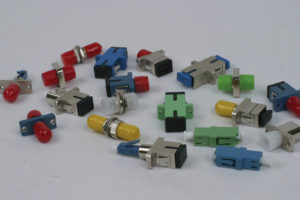
5. Fiber optic splicing closures
It is used to connect two optical cables into one long optical cable. The optical fiber terminal box and the optical fiber splicing box are not interchangeable. The optical cable and the optical terminal are connected through the optical fiber terminal box, that is, the pigtail can only be inserted into the optical terminal.
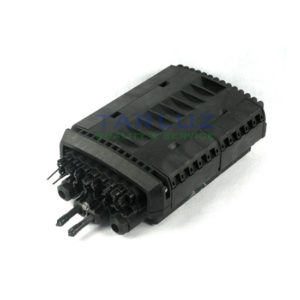
Difference between the products
1. Terminal box vs. splice box: The former is the fusion splicing of optical cables and pigtails, and the latter is the splicing of optical cables.
2. Splice box VS terminal box: The splice box is fully sealed and waterproof, but it cannot fix the pigtail; the terminal box is not waterproof. The internal structure can fix the optical cable on one side and the pigtail on the other.
3. Pigtail vs. jumper: Only one end of the jumper is a movable connector; both ends of the jumper are active connectors, and there are many types of interfaces. Different interfaces require different couplers. The fiber jumper is divided into two and can be used as a pigtail
Connection steps
1. The outdoor optical fiber cable is connected to the terminal box. The purpose is to fuse the optical fiber and the pigtail in the optical cable, and lead it out through a jumper.
2. Connect the optical fiber jumper to the optical transceiver, the purpose is to convert the optical signal into an electrical signal.
3. The fiber optic transceiver leads to electrical signals, and the transmission medium used is twisted pair. At this time, the twisted pair can be connected to the RJ-45 port of the network equipment. So far, the conversion of the photoelectric signal is completed.
